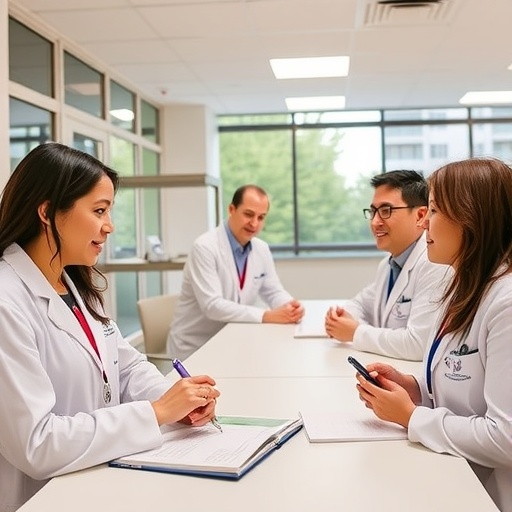SAN ANTONIO, Texas — It sounds like science fiction: Nefarious genes clone themselves and settle their rogue copies in distant outposts of the galaxy (namely, our DNA), causing disease.
But it's a real phenomenon, and in research published July 23, scientists at UT Health San Antonio revealed that this genetic copy-and-paste activity is significantly increased in fruit fly models of tauopathies–neurodegenerative disorders that include Alzheimer's disease.
The researchers also discovered that lamivudine, an anti-retroviral drug approved for HIV and hepatitis B, decreased the copy-making and reduced the death of neuron cells in the brains of the fruit flies.
This research, published in Nature Neuroscience, suggests a potential novel avenue to treat the memory-robbing disease, which impacts 5.7 million Americans who have an Alzheimer's diagnosis and the millions more who provide care for them.
The researchers are from the Sam & Ann Barshop Institute for Longevity & Aging Studies, the Glenn Biggs Institute for Alzheimer's & Neurodegenerative Diseases, and the Department of Cell Systems & Anatomy at UT Health San Antonio.
The team identified "transposable element" activation as a key factor in neuron death in tauopathies. These disorders are marked by deposits of tau protein in the brain. There are more than 20 tauopathies, including Alzheimer's.
Lamivudine limited expression of genes that make DNA retrotransposons, which are the gene elements that clone themselves and insert the copies into a new spot, said Bess Frost, Ph.D., assistant professor of cell systems & anatomy and member of the Barshop and Biggs institutes at UT Health San Antonio.
"We know that these genes are copying themselves at higher levels in the tauopathy fly model," Dr. Frost said. "And we know we can stop that from happening by giving them this drug."
It's thought that the copy-and-paste activity is an effect that follows tau deposit accumulation. Ultimately in the disease course, neurons die.
"The toxic tau can be present, but if we give this drug and it blocks the transposable element activity, it's enough to decrease the amount of brain cells that are dying in the fly model," Dr. Frost said.
The researchers will study whether the drug could have the same effect in a human tauopathy. So far they have clues.
"We wanted to know if the transposable element activity was relevant to a human tauopathy, so we analyzed data obtained from a public-private program called the Accelerating Medicines Partnership," Dr. Frost said.
Transposable elements were found to be expressed at higher levels in the data drawn from human samples of Alzheimer's disease and another tauopathy, progressive supranuclear palsy. This gene expression is the first step before the copying activity can occur and will be further studied, Dr. Frost said.
The team believes the fruit fly and human findings are relevant not just to Alzheimer's disease but to all of the less common tauopathies, as well.
Normal fruit flies live about 70 days. The tauopathy model lives about 30 to 40 days, and researchers observe brain cell death at about 10 days, Dr. Frost said.
###
Acknowledgments
Dr. Frost is supported by a grant from the National Institute of Neurological Disorders and Stroke (NINDS) of the National Institutes of Health (NIH), and by funding from the William & Ella Owens Medical Research Foundation of San Antonio.
The University of Texas Health Science Center at San Antonio, now called UT Health San Antonio®, is one of the country's leading health sciences universities. With missions of teaching, research, healing and community engagement, its schools of medicine, nursing, dentistry, health professions and graduate biomedical sciences have produced 35,850 alumni who are leading change, advancing their fields and renewing hope for patients and their families throughout South Texas and the world. To learn about the many ways "We make lives better® ," visit http://www.uthscsa.edu.
Media Contact
Will Sansom
[email protected]
210-567-2579
@UTHealthSA
http://www.uthscsa.edu/hscnews
https://news.uthscsa.edu/abnormal-gene-copying-seen-in-tauopathy-fruit-fly-models/
Related Journal Article
http://dx.doi.org/10.1038/s41593-018-0194-1



